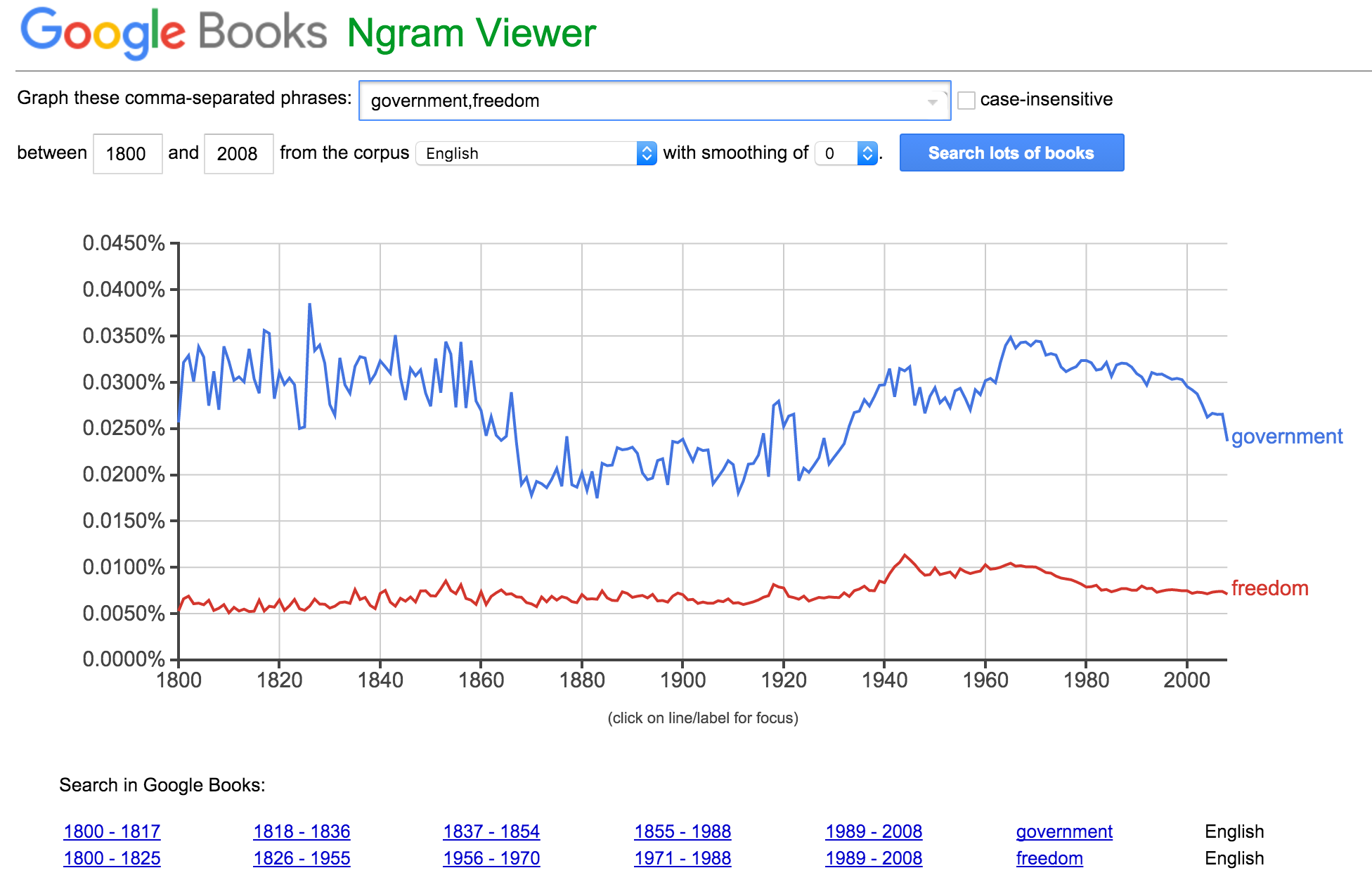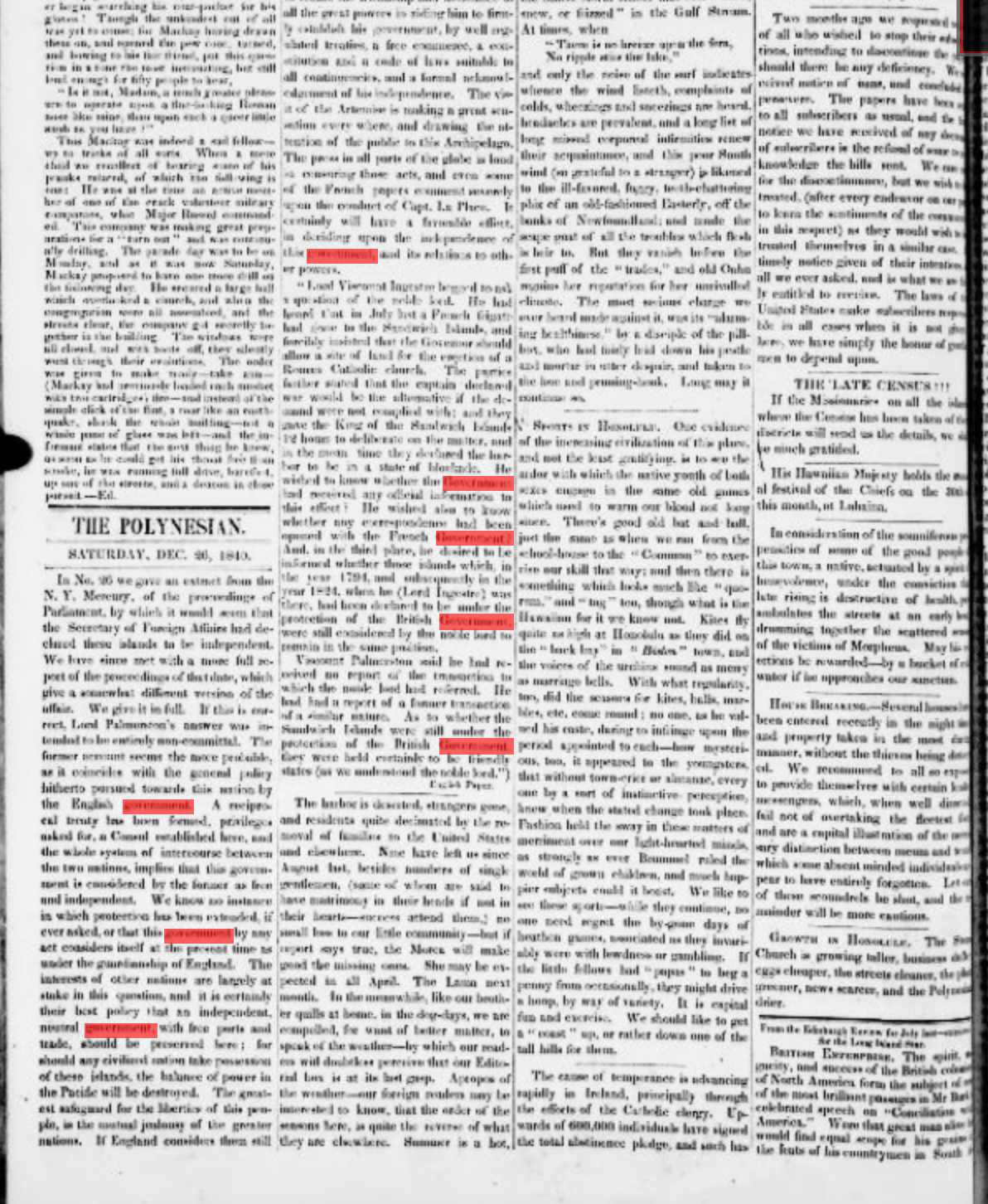

The advantages of bookworm:
We could discover and explore the exact and original documentations and their contents that contain the word that is searched for. Google Ngram only provides time interval search for the documentations. By using bookworms, we could also make the X-axis of the graph to be published months, years and even days. Similarly, the Y-axis could be changed to % of words, % of texts, word count and text count.

The disadvantages of bookworm:
There is always a spike around 1840 (for most of the words that I searched for). My guess is that there were limited resources for 1840 and the based resources were limited to specific topic so that the percentage is very high as long as there were a few occurrences of the word. Besides, bookworm focuses only on American newspapers but Google Ngrams focus on various books.
The advantages of Google Ngrams:
It provides information for the most recent literature. We could search for literature work from 1800 to 2008 but for bookworm, we could only search for the interval from 1840 to 1920. We could change the language of the corpus. We could easily embed the graph to a website. Ngrams also allow us to specify if the word being searched is a noun or a verb or an adjective. Most amazing part is that there is a function called Ngram Compositions which could allow the users to combine the count of the words they want in one graph.